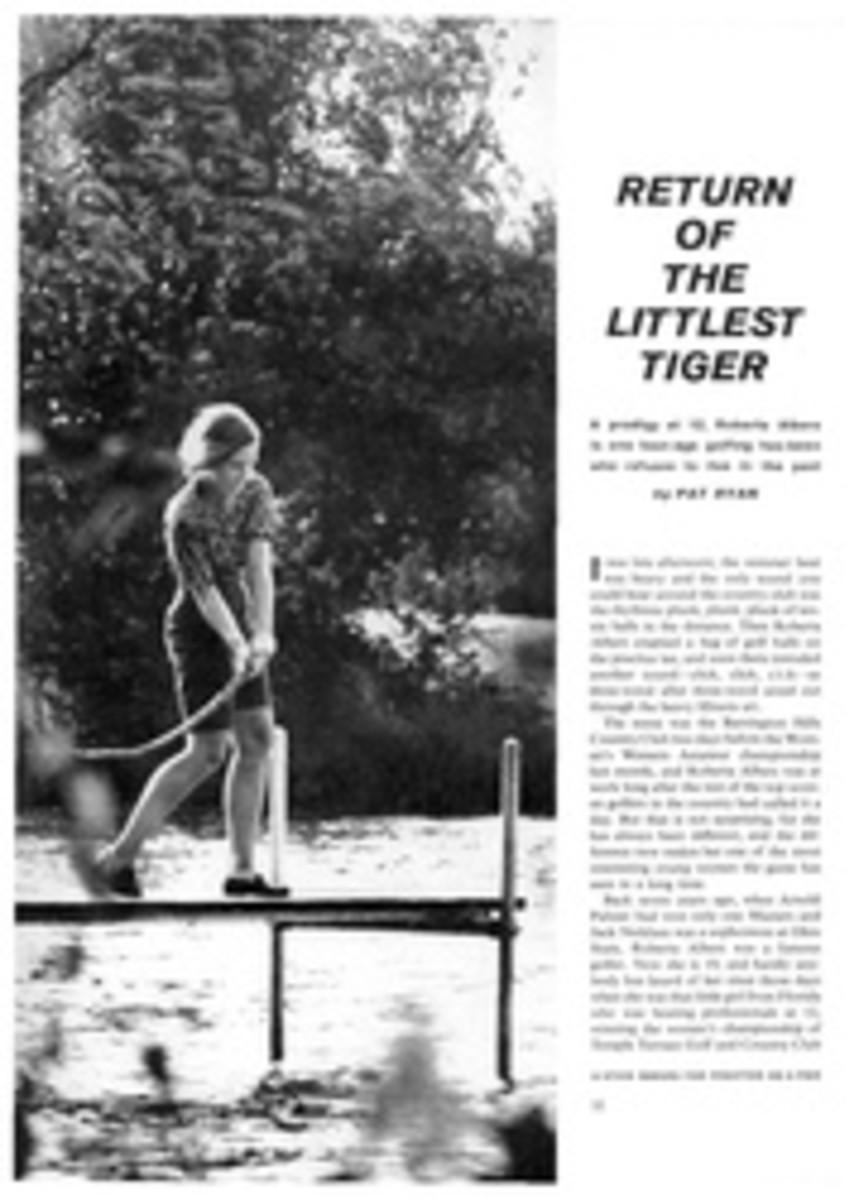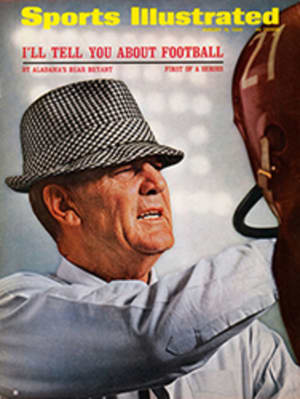
Courtly confusion at Copenhagen
In the history of European yachting there has never been anything like it. The 100th anniversary of the Royal Danish Yacht Club celebrated at Copenhagen last week was a magnificent spectacle, the largest fleet of its kind ever assembled, with everything in the way of color, crowds, weather, pretty girls and parties—and sailing misadventures—to make it unforgettable.
"This thing's been a bit of a disaster," said a veteran observer, studying the program. The program was an exhaustive, beautifully printed document with instructions in both English and Danish. The only trouble was that the instructions were different in each language. In a Dragon-class race the English-reading sailors went one way, the Danish-reading sailors went another, neatly dividing the fleet. At first the furious officials disqualified all of the yachts for having taken the wrong course, only to wash out the races altogether once they discovered that the instructions were wrong.
Racing skippers, a testy group as a whole, are seldom inclined to enjoy spectacles, but as a spectacle the centennial was unsurpassed. There were days such as Danes rarely see, with a sun that warmed but did not burn, and visibility that made Sweden, five miles away across the sound, seem almost touchable. There were the huge, square-rigged training ships—Danmark, Christian Radich, Georg Stage—reviewed by the King of Denmark from his white motor yacht. The big ocean racers came in from the Transatlantic Race from Bermuda, led by Huey Long's Ondine, winner for the second straight time. There were small yachts, as small as Snipes, Finns and O.K. dinghies (13 feet), middle-sized Dragons and the larger 5.5-meters—800 boats in 20 classes, from Russia, California, Texas, South Africa, the Bahamas, Brazil, Morocco, India, Hong Kong. It was as though every sailboat from every corner of the world had suddenly drained into the string of tiny artificial ports that lie north of Copenhagen.
King Olav of Norway was there, with his 5.5-meter Norna X. So was his son, Crown Prince Harald, with his Fram III. King Constantine of Greece strolled around the docks before sailing his Dragon class Protefs. King Olav did not stroll; he fell on a slippery deck and thereafter hobbled around on crutches. There was so much royalty strolling or hobbling around the docks before each race that, as at a movie premiere, picking out names was more interesting than the show itself. You heard such nautical conversation as this:
"Ah, look, it's Constantine!"
"No, it's Harald. That's a Norwegian flag on his boat."
"Who's that majestic one in the white cap?"
"That's a policeman."
More than the Transatlantic Race, more than the 5.5-meter championship and the Dragon-class world championship, the One-Ton series was considered the most important in the centennial celebration. Competition for the cup goes back to 1899, and for many years six-meter yachts competed for it. Nowadays the six-meter class is about as popular as the one-piece bathing suit, and the cup has languished. Revived in 1965, the One-Ton is raced on a boat-to-boat basis, like the races for the America's Cup, but in these small ocean races the only thing the One-Ton boats have in common is their rating (22 feet or less).
One reason why the One-Ton series was so important at the centennial was that the Danish skipper, Hans Albrecht, was defending his title. The caliber of competition he faced also had something to do with it: Ted Hood, the king of sailmakers, with newly designed Robin; Sir Max Aitken, the son of Lord Beaver-brook, with Roundabout; Dick Carter, a budding genius, who designed and steered Edward Stettinius' Trina (which won). The Americans also won the 290-mile race from Elsinore to the northern tip of Denmark with the 72-foot ketch Ticonderoga.
But the distance races were only a prelude. The spectacle began when the small boats, looking like confetti, descended on the sound. It was a day of small, fluffy clouds that belonged more to the trade winds than to the North Sea. A faultless breeze was blowing off the land and all across the sparkling course the spotless Dragons with brightly varnished hulls tacked and tacked and tacked again. A yellow buoy-mounted flag, the first mark, lay ahead under the Danish coast. Bobby Mosbacher, a brother of the more famous Bus Mosbacher and a first-rate sailor in his own right, lay in the lead. Behind him, in a duel as hot as the cold war, was a Russian boat. Far behind these two came a horde of Dragons, among them King Constantine of Greece.
There are really only two ironclad equalizers, death and sailing. A king racing a sailboat can be pitted against a commoner on equal terms: the rules say that a boat which is in the right is right no matter who or what her skipper may be. As the Dragons approached the mark behind Mosbacher and the Russian, it was obvious that Constantine, monarch or not, was going to get his. Under sailing rules he was required to give way to the boats surrounding him, even though it meant losing several places he could not afford to lose. Royalty being as hard pressed as it is these days, the other boats might have courteously parted and allowed Constantine to round the buoy first and go about his business. Entering a bar, perhaps, a lesser skipper might let His Majesty through the door first. But not in sailing. In sailing it is just, "Get out of there!" or, "Look out, you!" no matter what the skipper's rank.
The other Dragon skippers did not give a coat of varnish to the King. They forced him around the mark on the wrong side, made him jibe, tack and then thread his way embarrassingly through another flock of onrushing boats. Of course, the King, who is an excellent sailor, had no one to blame but himself for his predicament and took his beating gracefully.
It was not always so when the championships began to go awry. As it was, a Dragon named Williwaw owned by G. S. Friedrichs Jr. of New Orleans became the first American ever to win the European championships, while four-time gold medal winner Paul Elvstrom salved Danish pride by winning four races in a row in the 5.5-meter world championships. Still, the centennial seemed to hop one, skip one, and not even the setting, the bikinis, the beer and black-tie parties could quite offset those misleading sailing directions, poorly run races, misplaced marks, midrace course changes and races canceled for no apparent reason. The celebration was, in fact, too much of a celebration to be much of anything else.
PHOTO
EMBARRASSED KING CONSTANTINE (FAR RIGHT) DODGES PAST ONRUSHING DRAGONS

